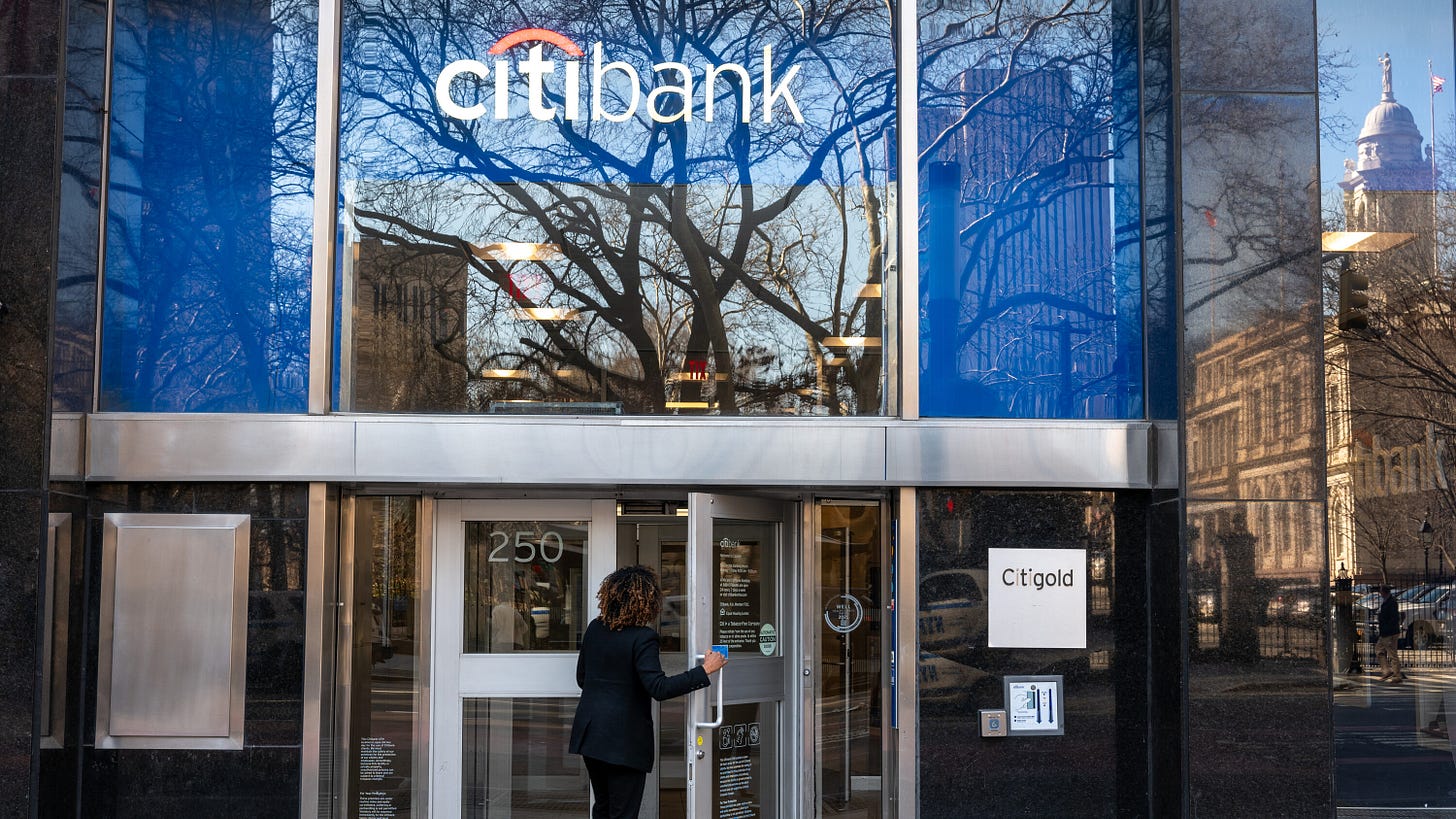Citigroup’s $81 Trillion Blunder: How a Massive Error Nearly Shook the Banking World
A Shocking Mistake That Could Have Changed the Financial Landscape Forever

The mistake originated from a technical glitch within Citigroup's internal systems, which caused an extra series of zeros to be added to the transaction. This error, referred to as a "fat-finger" mistake, saw a transaction that was supposed to be for $280 instead inflate to an eye-watering $81 trillion. Initially, two employees failed to notice the error during routine checks, allowing it to go unnoticed for a critical period. It was only after a third employee recognized the mistake that the error was corrected, but not before an astonishing 90 minutes had passed.
Although no funds left the bank during this time, the fact that such a massive error occurred underscores significant weaknesses in Citigroup's operational processes. The incident did not result in any tangible financial loss for the client or the bank, but it was a major blow to Citigroup’s reputation and highlighted vulnerabilities in its transaction systems.
Following the discovery, Citigroup quickly alerted the relevant regulatory authorities, including the Federal Reserve and the Office of the Comptroller of the Currency (OCC). The company categorized the event as a “near miss,” and emphasized that no financial harm had occurred. However, the error added to the growing list of operational oversights the bank has faced in recent years.
In fact, Citigroup had experienced several similar near-miss incidents in 2024 alone. In those cases, errors involved transactions worth billions of dollars, though they were caught in time to prevent any significant damage. The bank’s history with such issues isn’t new; in 2020, it mistakenly sent $900 million to lenders of Revlon Inc. due to a similar error. That mistake resulted in prolonged legal battles and regulatory scrutiny. Additionally, in 2022, Citigroup's trading error contributed to a significant market crash in Europe, wiping out hundreds of billions of dollars in stock value.
Despite these challenges, the bank has been working to improve its internal controls. Under the leadership of CEO Jane Fraser, Citigroup has rolled out a multi-year initiative called "Transformation," which aims to overhaul its technological infrastructure and improve risk management practices. However, the recent $81 trillion error raises questions about whether these reforms are progressing fast enough.
As the bank works to address these internal weaknesses, it has faced mounting regulatory scrutiny. In 2024, Citigroup was fined $136 million for failing to make sufficient progress in rectifying its risk management and data governance shortcomings. These penalties reflect the growing concern among regulators that Citigroup’s operational flaws pose an ongoing risk not just to the bank itself, but to the broader financial system.
Experts in the banking and finance industry are paying close attention to this latest error, seeing it as a warning sign of the potential dangers that come with complex banking operations. Anna Kooi, national financial services leader at Wipfli, a leading accounting and advisory firm, stated, "If a bank can misplace $81 trillion, what does that say about its ability to safeguard the average consumer’s paycheck? Citi’s latest blunder isn’t just a glitch—it’s a flashing warning sign that operational risk is still a ticking time bomb in banking."
The $81 trillion mistake at Citigroup serves as a critical reminder of the risks inherent in modern banking. While technological systems are designed to facilitate efficient transactions, the growing complexity of these systems also increases the potential for errors. As financial institutions like Citigroup continue to expand their global reach, it becomes even more important for them to ensure that their operational processes are secure, reliable, and free of these kinds of catastrophic oversights.
In the wake of this incident, it is clear that Citigroup, and indeed the banking industry at large, must take a long, hard look at their internal controls and risk management practices. The $81 trillion error is not just an isolated mistake but a clear sign that larger systemic issues are at play. If banks hope to maintain trust and avoid future disasters, addressing these vulnerabilities should be their top priority.






